Market Growth Projections
The Global Amniotic Membrane Market Industry is projected to experience robust growth in the coming years. With a market value estimated at 2.11 USD Billion in 2024, it is expected to reach 4.5 USD Billion by 2035. This growth trajectory indicates a compound annual growth rate of 7.13% from 2025 to 2035. Such projections reflect the increasing adoption of amniotic membranes across various medical applications, driven by their unique healing properties and the rising demand for advanced therapeutic solutions. The market's expansion is indicative of a broader trend towards regenerative medicine and innovative healthcare practices.
Growing Geriatric Population
The Global Amniotic Membrane Market Industry is also influenced by the growing geriatric population, which is more susceptible to chronic wounds and age-related conditions. As the global population ages, the demand for effective wound healing solutions is expected to rise significantly. Amniotic membranes offer a viable option for treating various ailments associated with aging, such as pressure ulcers and diabetic foot ulcers. This demographic shift is anticipated to drive market growth, as healthcare systems adapt to the needs of older patients. The increasing prevalence of age-related health issues underscores the relevance of amniotic membranes in contemporary medical care.
Supportive Regulatory Framework
A supportive regulatory framework is playing a pivotal role in the Global Amniotic Membrane Market Industry. Regulatory bodies are increasingly recognizing the therapeutic benefits of amniotic membranes, leading to streamlined approval processes for new products. This regulatory support encourages manufacturers to invest in research and development, fostering innovation within the industry. Furthermore, the establishment of guidelines for the safe and effective use of amniotic membranes enhances their credibility among healthcare providers. As a result, the market is likely to expand, driven by the introduction of new and improved amniotic membrane products that meet regulatory standards.
Increasing Awareness of Regenerative Medicine
The Global Amniotic Membrane Market Industry is benefiting from a growing awareness of regenerative medicine among healthcare professionals and patients. This awareness is fostering interest in the therapeutic potential of amniotic membranes for treating various conditions, including burns, ulcers, and ocular diseases. Educational initiatives and clinical studies highlighting the benefits of amniotic membranes are contributing to this trend. As more practitioners adopt these innovative treatments, the market is expected to witness a compound annual growth rate of 7.13% from 2025 to 2035. This shift towards regenerative therapies underscores the importance of amniotic membranes in modern medical practice.
Rising Demand for Advanced Wound Care Solutions
The Global Amniotic Membrane Market Industry is experiencing a surge in demand for advanced wound care solutions. This trend is largely driven by the increasing prevalence of chronic wounds and surgical procedures requiring effective healing methods. Amniotic membranes are recognized for their unique properties, such as anti-inflammatory effects and promotion of tissue regeneration. As healthcare providers seek innovative treatments, the market is projected to reach 2.11 USD Billion in 2024. This growth reflects a broader shift towards regenerative medicine, where amniotic membranes play a crucial role in enhancing patient outcomes and reducing healing times.
Technological Advancements in Amniotic Membrane Processing
Technological advancements in the processing of amniotic membranes are significantly influencing the Global Amniotic Membrane Market Industry. Innovations in preservation techniques and sterilization methods have improved the safety and efficacy of these products. For instance, the development of cryopreservation and lyophilization techniques allows for longer shelf life and better handling during surgical procedures. These advancements not only enhance the quality of amniotic membranes but also expand their applications in various medical fields, including ophthalmology and orthopedics. As a result, the market is poised for substantial growth, potentially reaching 4.5 USD Billion by 2035.
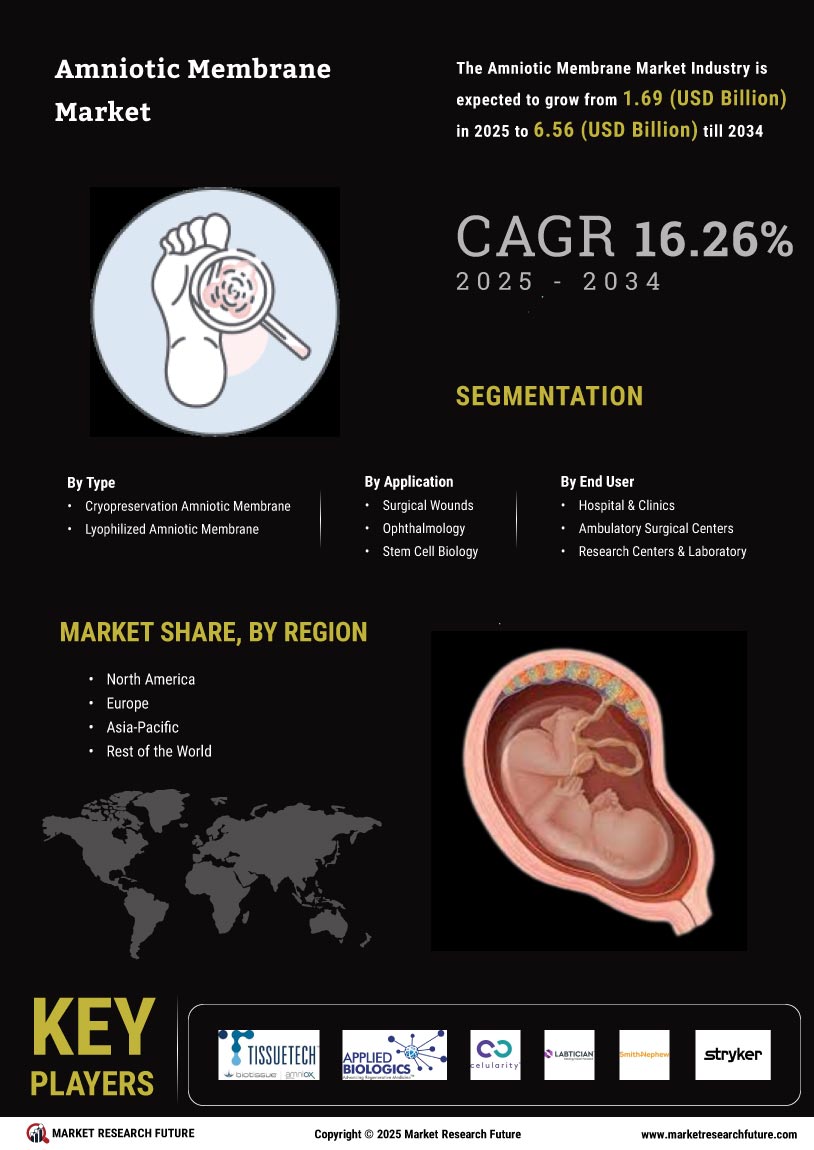

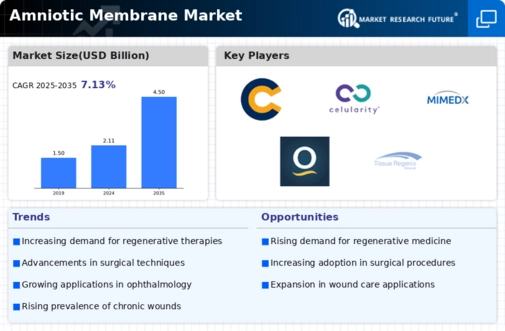
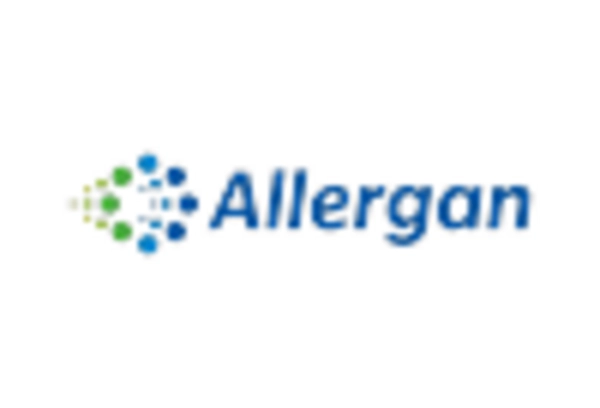
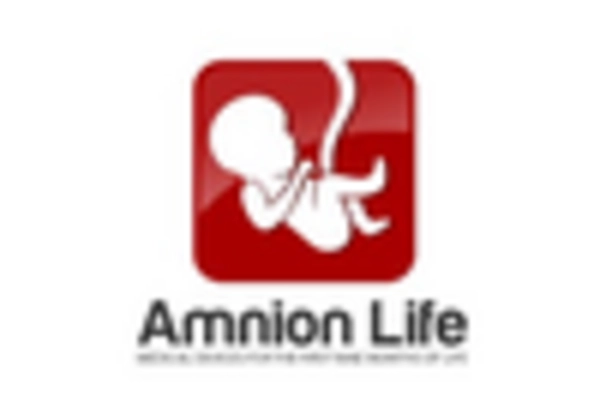
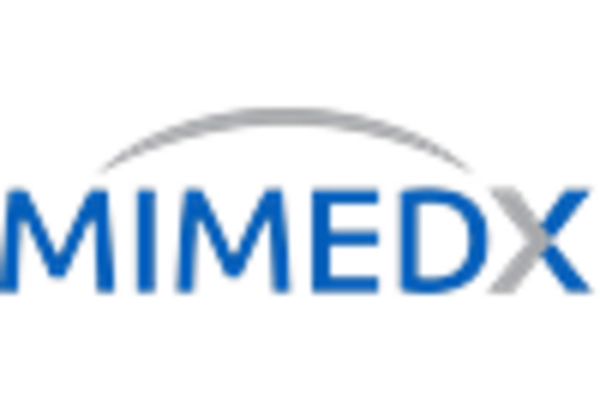

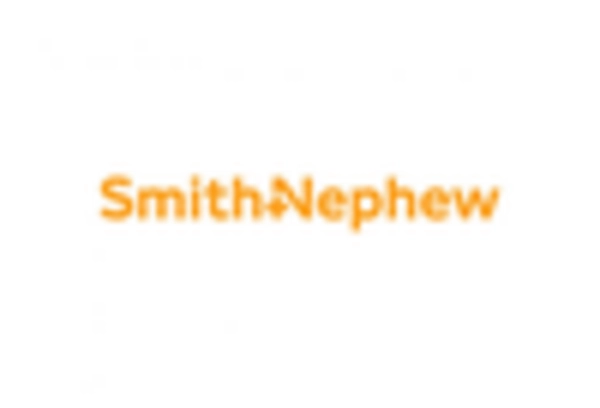
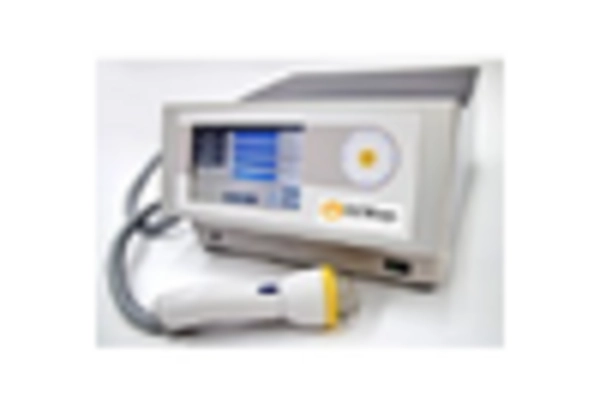








Leave a Comment